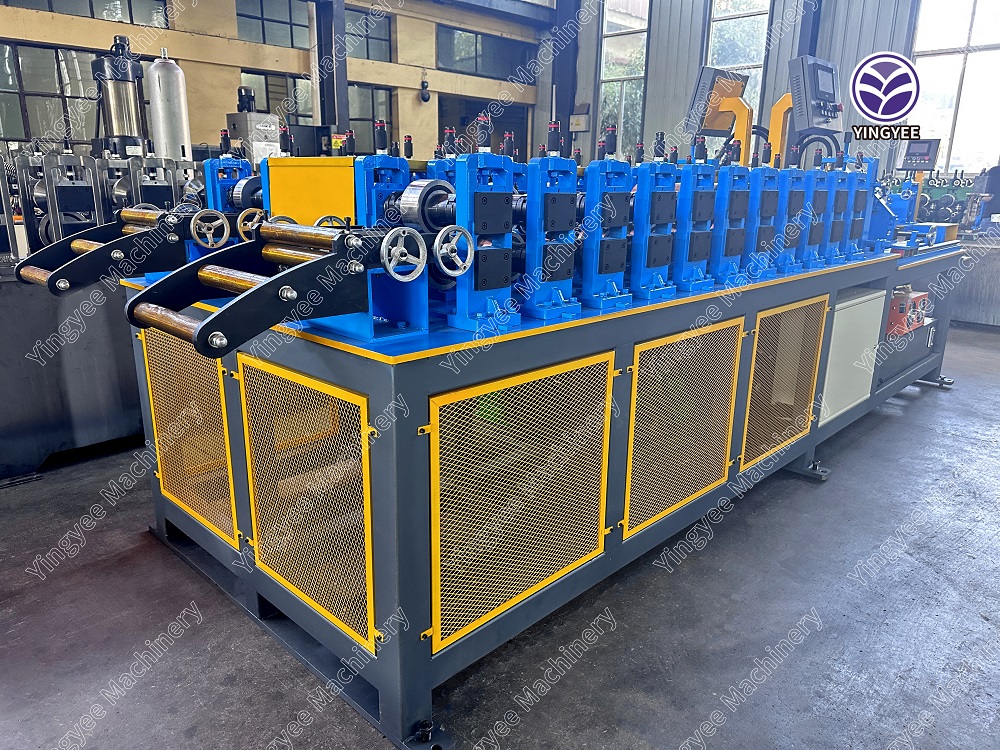
EPS Sandwich Panel Production Line An Overview
The EPS (Expanded Polystyrene) sandwich panel production line is a sophisticated system designed to manufacture high-quality insulating panels widely used in construction. These panels are made of a core of EPS foam sandwiched between two layers of structural materials, usually steel sheets. This combination creates a lightweight yet strong product that has become increasingly popular for walls, roofs, and ceilings in both residential and commercial buildings.
Advantages of EPS Sandwich Panels
One of the primary reasons for the popularity of EPS sandwich panels is their excellent thermal insulation properties. The EPS core provides a high insulating value, which helps to maintain comfortable indoor temperatures while reducing energy costs. This is particularly beneficial in regions with extreme weather conditions, where heating and cooling costs can significantly impact overall energy expenditure.
Additionally, EPS sandwich panels boast impressive sound insulation capabilities. Their layered structure helps to reduce noise transmission, making them ideal for buildings located in noisy environments. This feature enhances the comfort of occupants, making spaces more conducive to work, relaxation, and communication.
Weight is another advantage of EPS panels. These panels are lightweight, allowing for easier handling, transportation, and installation. This characteristic reduces construction time and labor costs, making EPS sandwich panels a cost-effective choice for builders and property developers.
The Production Process
The production line for EPS sandwich panels involves several key steps, each designed to ensure high-quality output. First, the raw materials, including EPS beads, adhesives, and metal sheets, are prepared. The EPS beads are expanded using heat, creating a material that can effectively trap air, ensuring lightweight and insulation properties.

Once the EPS is ready, it is cut to the desired size and thickness. The metal sheets are then coated with adhesive, and the expanded EPS core is placed between the sheets. This assembly is pressed together, allowing the adhesive to bond the layers firmly. After pressing, the panels undergo curing to enhance their strength and durability.
Quality control is crucial in the production process. The panels are tested for thermal insulation, structural integrity, and surface finish to ensure they meet industry standards. Automated systems often monitor this process to maintain consistency and reduce the risk of defects.
Applications of EPS Sandwich Panels
EPS sandwich panels are versatile and used in various applications. In residential construction, they serve as exterior walls, roofs, and even internal partitions. Their thermal and sound insulation properties contribute to energy efficiency and occupant comfort.
In commercial settings, EPS panels are used for warehouses, cold storage facilities, and office buildings. Their lightweight nature makes them suitable for large-scale projects where speed and efficiency are crucial. Additionally, the aesthetic flexibility of the panels allows architects to design buildings that are not only functional but also visually appealing.
Conclusion
In conclusion, the EPS sandwich panel production line represents an innovative solution to modern construction challenges. With their advantageous properties such as thermal insulation, soundproofing, and lightweight design, EPS sandwich panels are increasingly becoming the go-to choice for builders worldwide. As technology progresses, the production processes will continue to evolve, further enhancing the quality and application scope of these essential building materials.